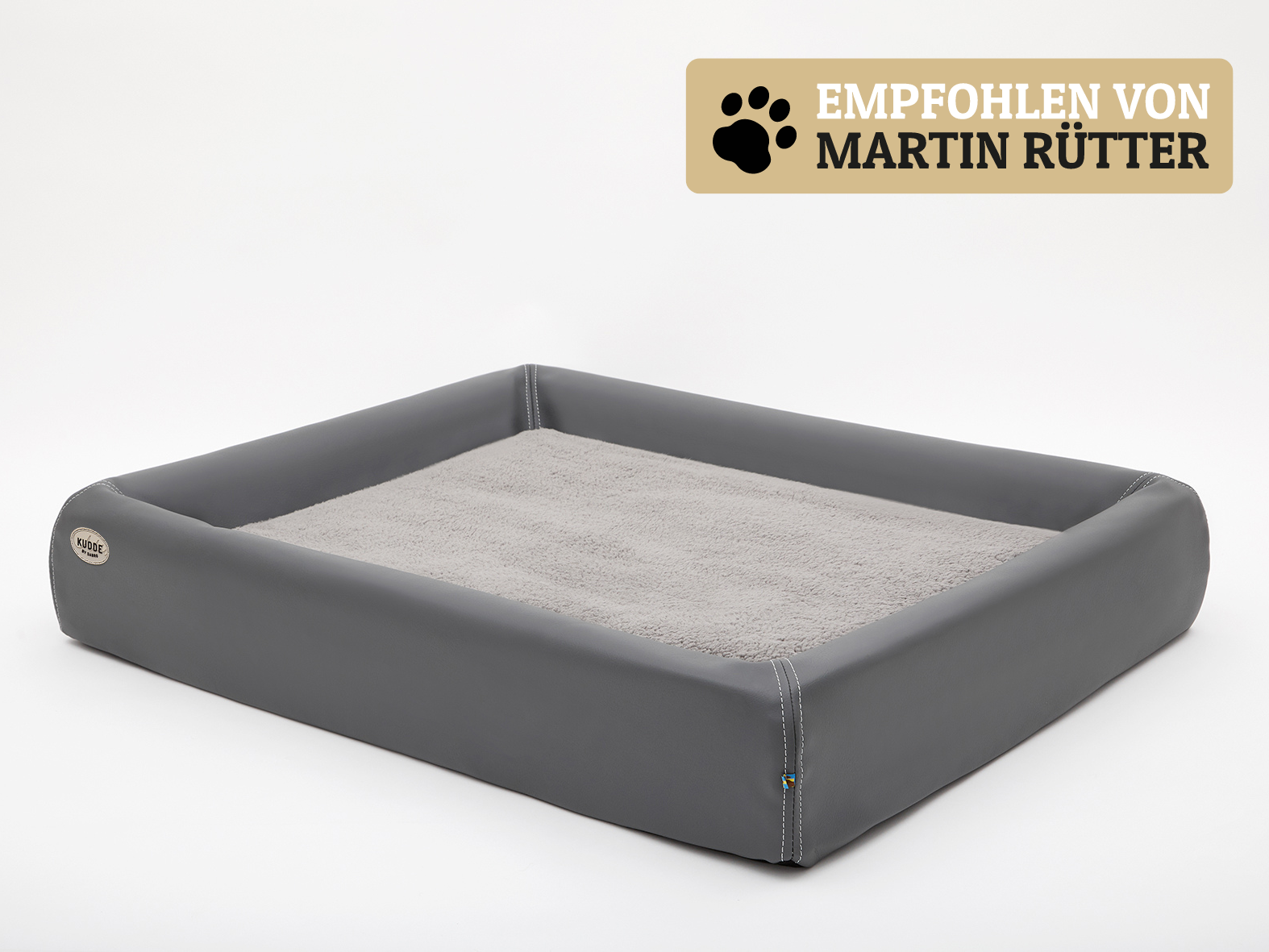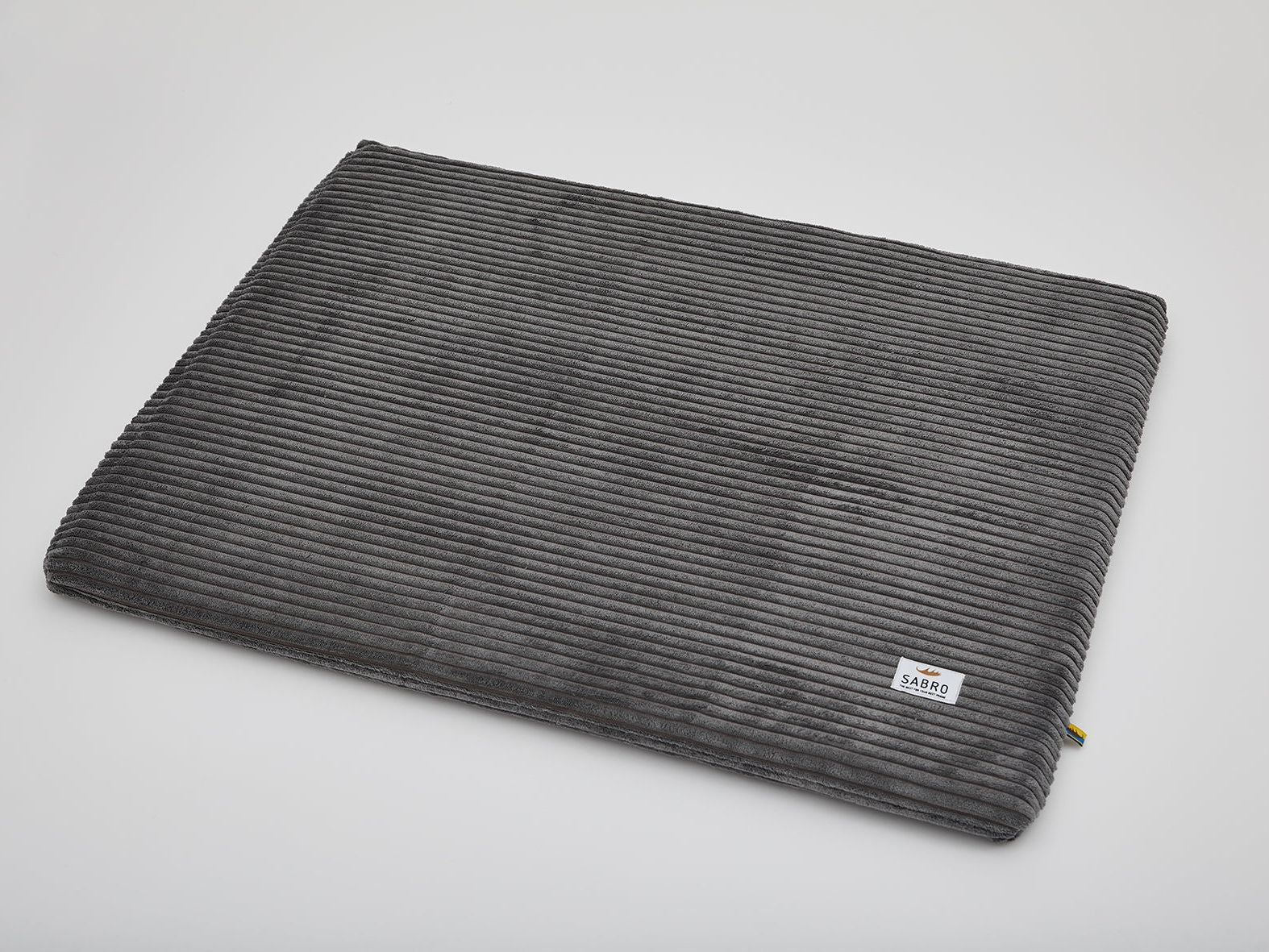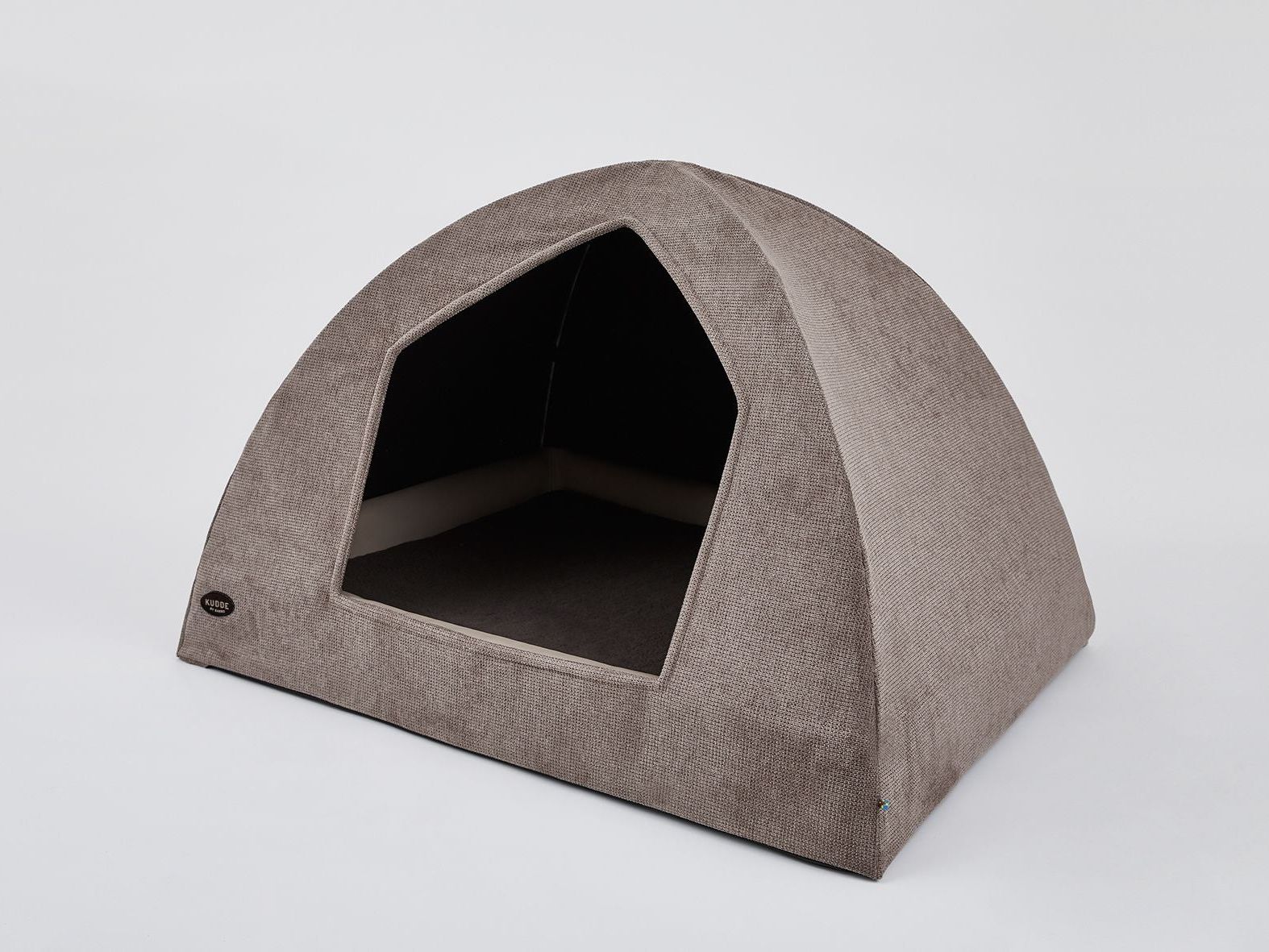Especially in summer, we like to sit in the saddle and make fast progress. So what could be more natural than letting our beloved dog run with us? After all, he needs exercise. This is true, but there are many aspects to consider when cycling with a dog on a lead - especially in terms of safety and the sporting nature of humans and animals.
Cycling with a dog should not be a competitive sport
Many people today have a completely different body awareness, want to be fit for a long time and always want to prove themselves. Once you've felt the adrenaline rush, you want more. So they push themselves to their limits and join the long queue on Mount Everest just to prove themselves. But what we humans sometimes do with our bodies should definitely not rub off on our dogs. If you look around you, you'll often see owners on racing bikes with their dogs panting in the blazing sun. Why? A dog follows its pack and does what is expected of it. He doesn't stop before his human does, he falls over and that's it. The problem: owners sit comfortably in the saddle, pedal, are trained and often don't realize that they are going too fast for their four-legged friend or that they are not taking enough breaks. If dogs could talk, they would shout "Break!" after a short time. Dogs are not competitive athletes. They like to sniff out their surroundings to the left and right of the path. Dogs don't have to prove themselves. And they shouldn't be pressured into it by us humans.
Cycling properly with a dog slows everyone down
So is cycling with a dog something that should be demonized? Not at all. Every dog naturally likes to exercise. But dogs don't know the feeling of simply getting from A to B or doing sport for the fun of it. They also want to experience everything in between. That's why you should see the dog on the bike more like an outing in the countryside, as a kind of bike tour with a dog: as if the family were setting off for a picnic in the meadow, not wanting to break any speed records and cooling off in the shade of a tree if necessary. The dog should always be able to run alongside the bike at a relaxed trot. And take a break every now and then to experience nature. Our dog will thank us if he is allowed to sniff through the long grass with his nose, if he can chase after the butterfly in the meadow or enjoy a cooling drink of water with us. It's important to make sure you have enough water with you for your dog, and a small first aid kit is also recommended. During the bike tour, you should check your dog's paws from time to time and use the first aid kit in good time if necessary.
How dogs and bikes become good friends
First of all, you need to know that only adult and healthy dogs are suitable for being carried on a bike. Dogs with joint problems or cardiovascular disease are just as unsuitable as "bike dogs" as very temperamental four-legged friends that are difficult to control. If your dog qualifies for a bike tour with a four-legged friend, you should get him used to it slowly. Start by pushing the bike and walking alongside the dog. Depending on how scary the dog finds the bike, you can increase the distance to the bike by asking a second person to push the bike while you concentrate completely on the dog. Once this first hurdle has been overcome, you can start cycling slowly. Here too, it is best if a second person rides the bike while you jog alongside with the dog. This will also give you a good feel for how strenuous it is to run alongside the bike. Last but not least, get on the bike yourself and pedal slowly - preferably on a side street or in a park - to literally get to grips with the issue of coordination with your dog and safety.
Dog on the bike with a sports belt and harness rather than a lead and collar
Paths are different. And mostly not flat and straight. It is therefore advisable for cyclists to have both hands on the handlebars. So where to put the dog lead? Wrap it around your wrist? Please don't! If a dangerous situation arises, a fall is almost inevitable and, in the worst case, the bike and the rider end up on the dog. With a sports belt, the center of gravity is in the middle of your own body. This also prevents the dog from being pulled off the bike. Dogs that can safely run free are also allowed to do this on the bike in designated areas. If I, as the dog owner, am one hundred percent sure that my dog will come to me when I call him, that's a good start. During a bike ride with a dog, however, your four-legged friend should also learn to stay level with the bike at all times, preferably in the middle of the bike. In our experience, however, it is more advisable to use a sports belt. And always use a harness such as the Dressyr instead of a collar.
What do your bike tours with your dog look like? What positive or negative experiences have you had with your dog on the bike? We look forward to your comments.








